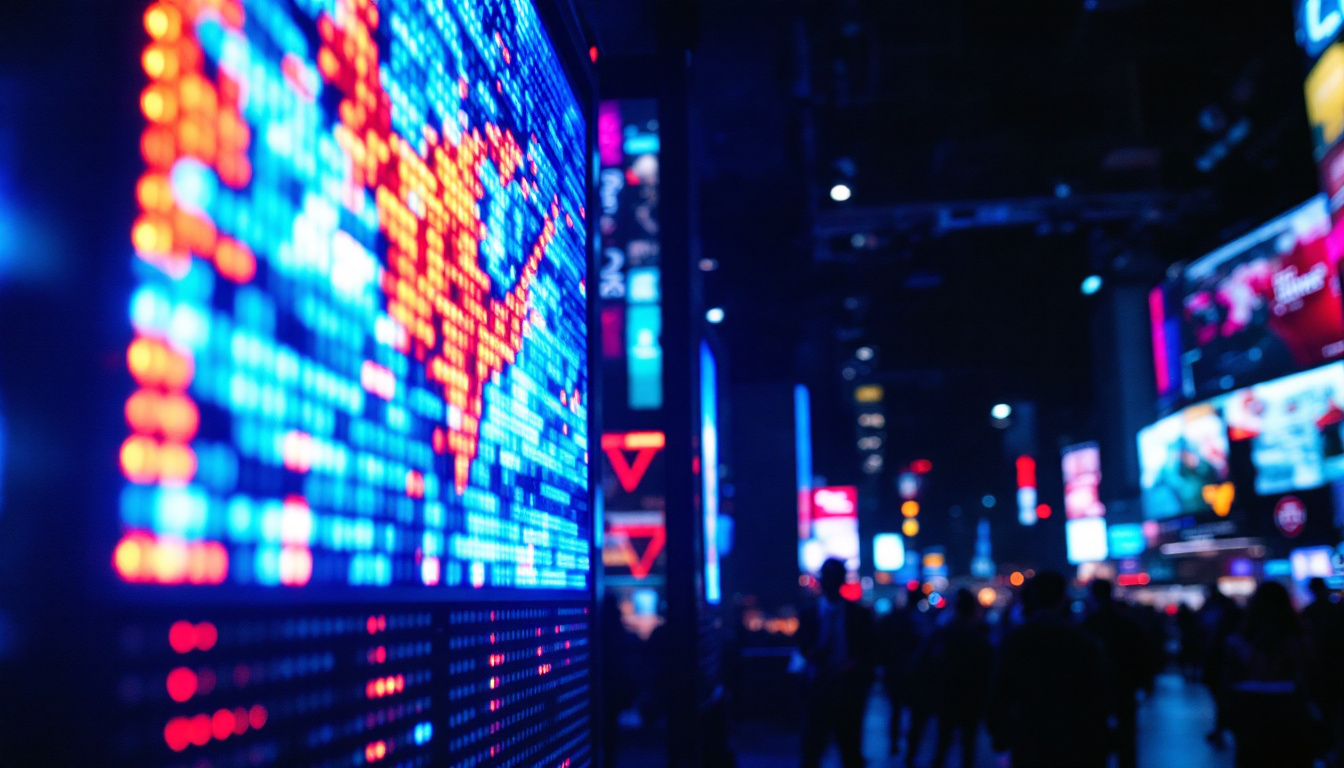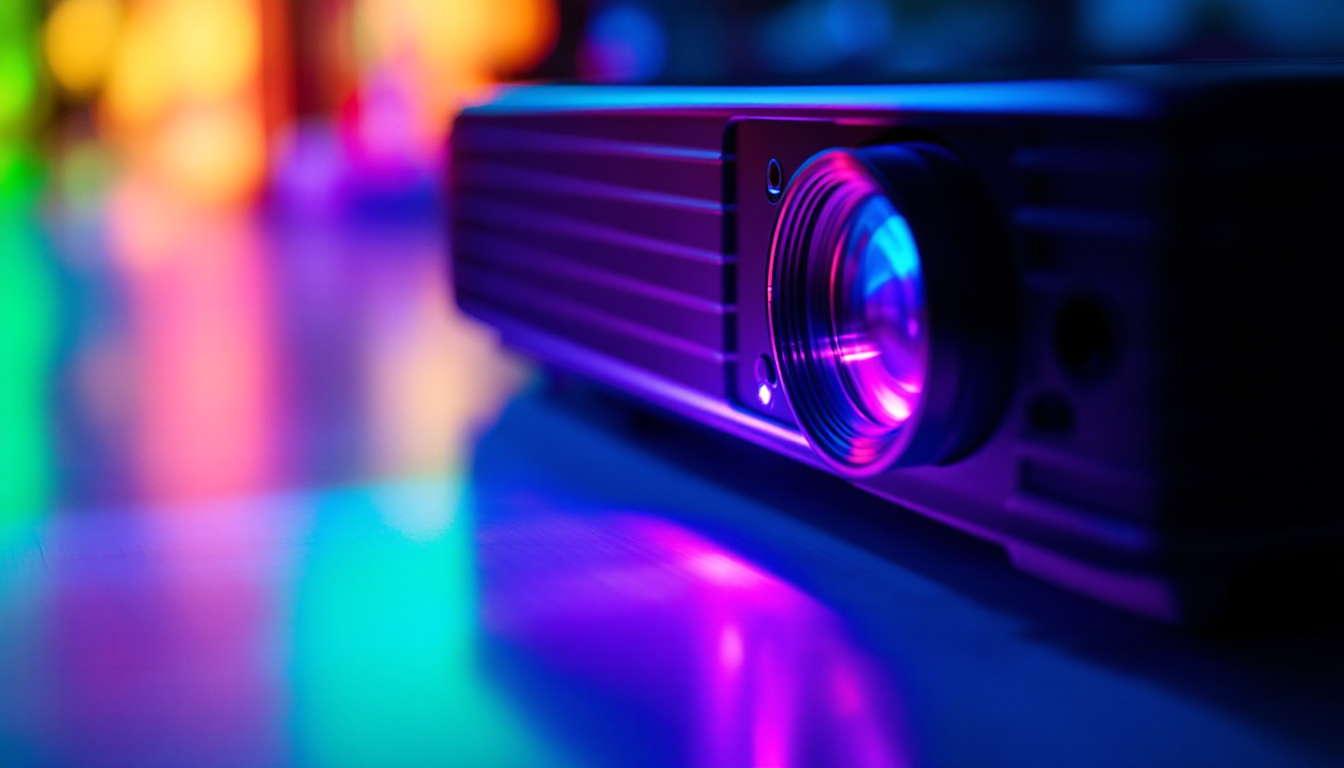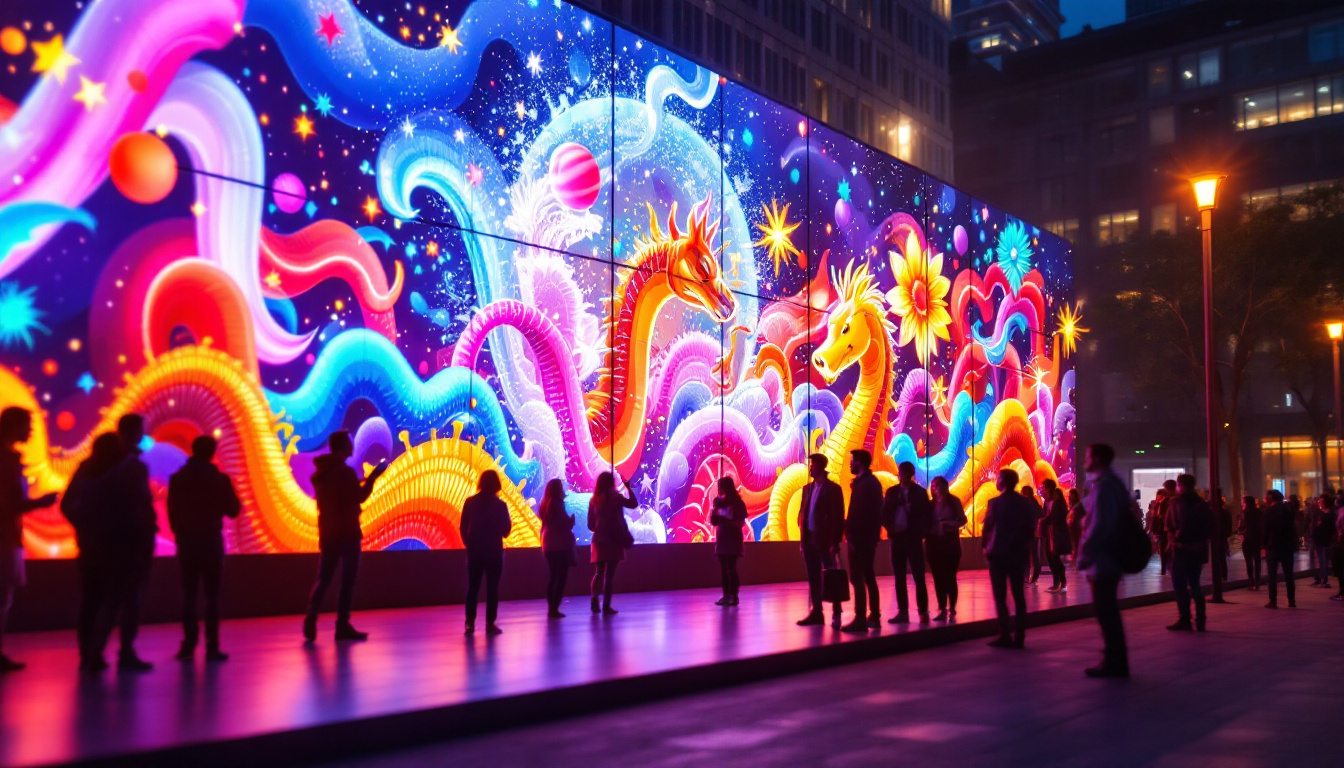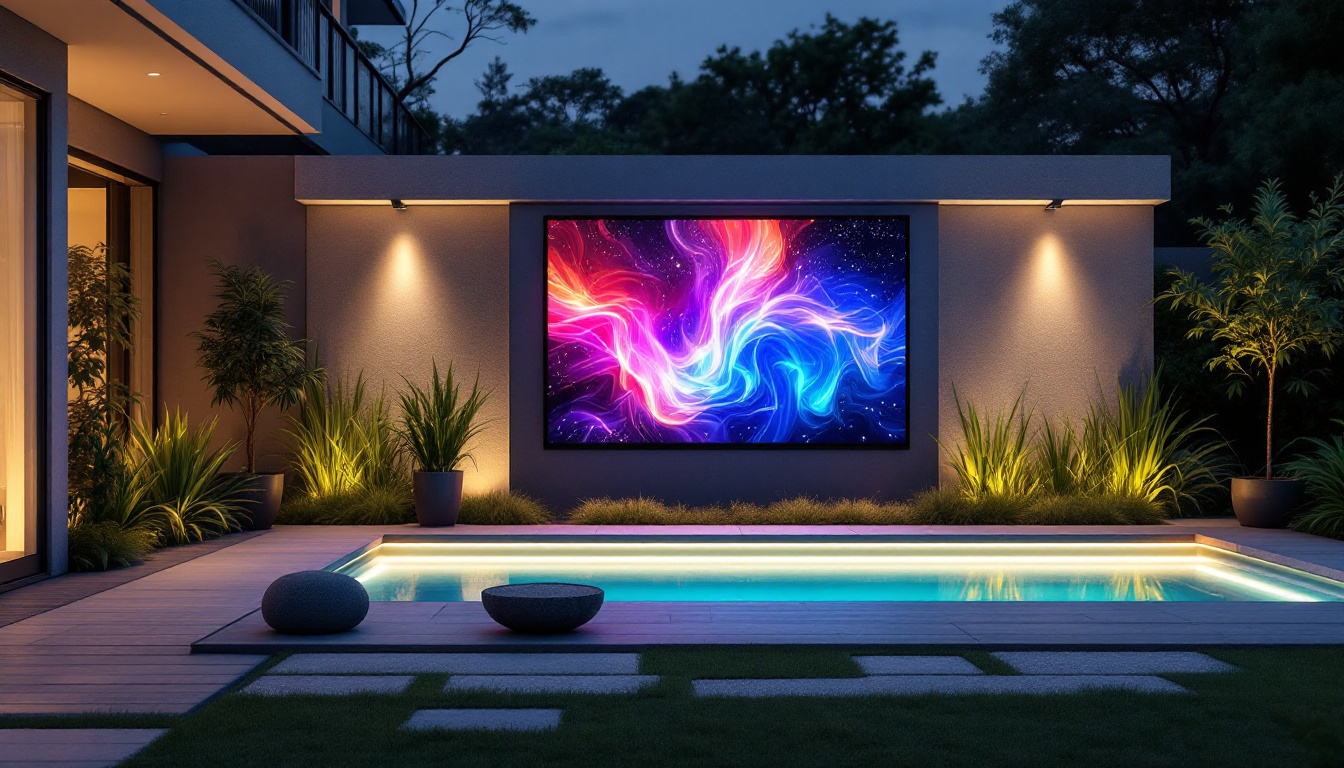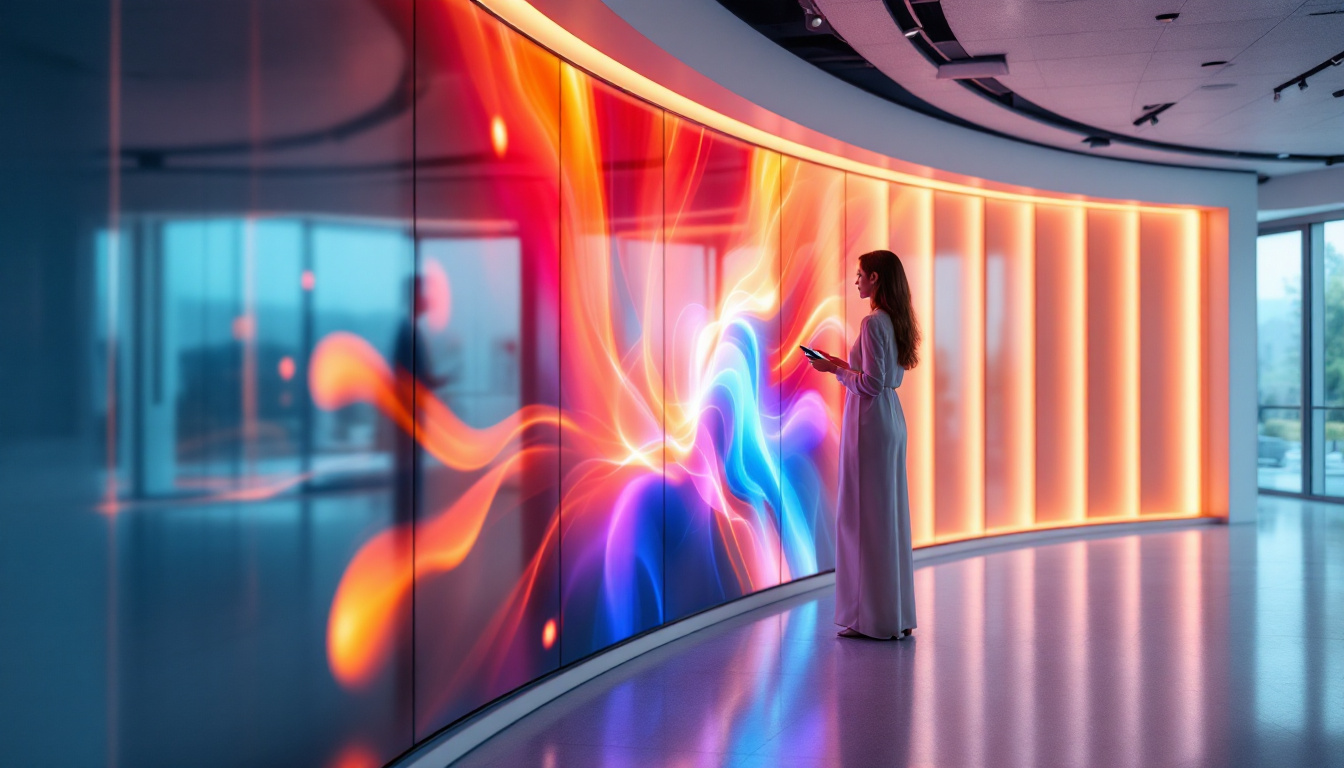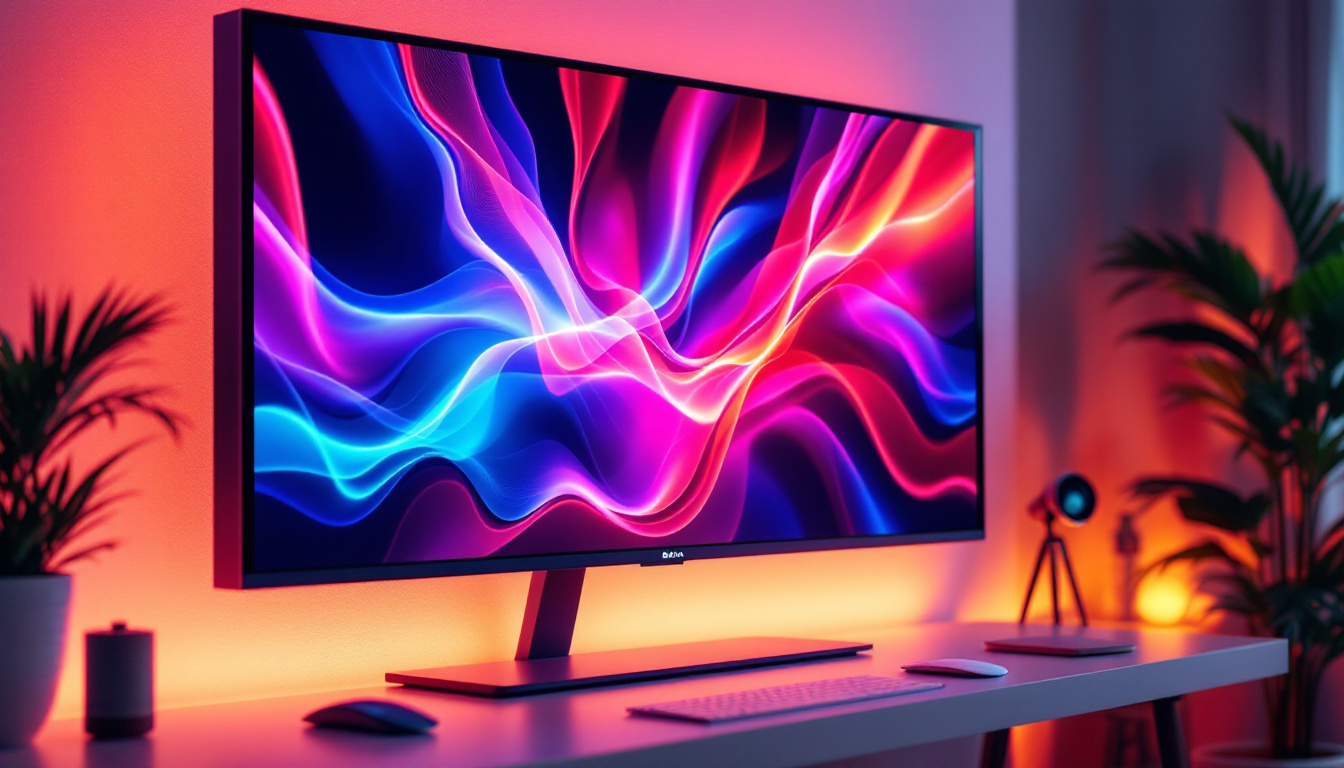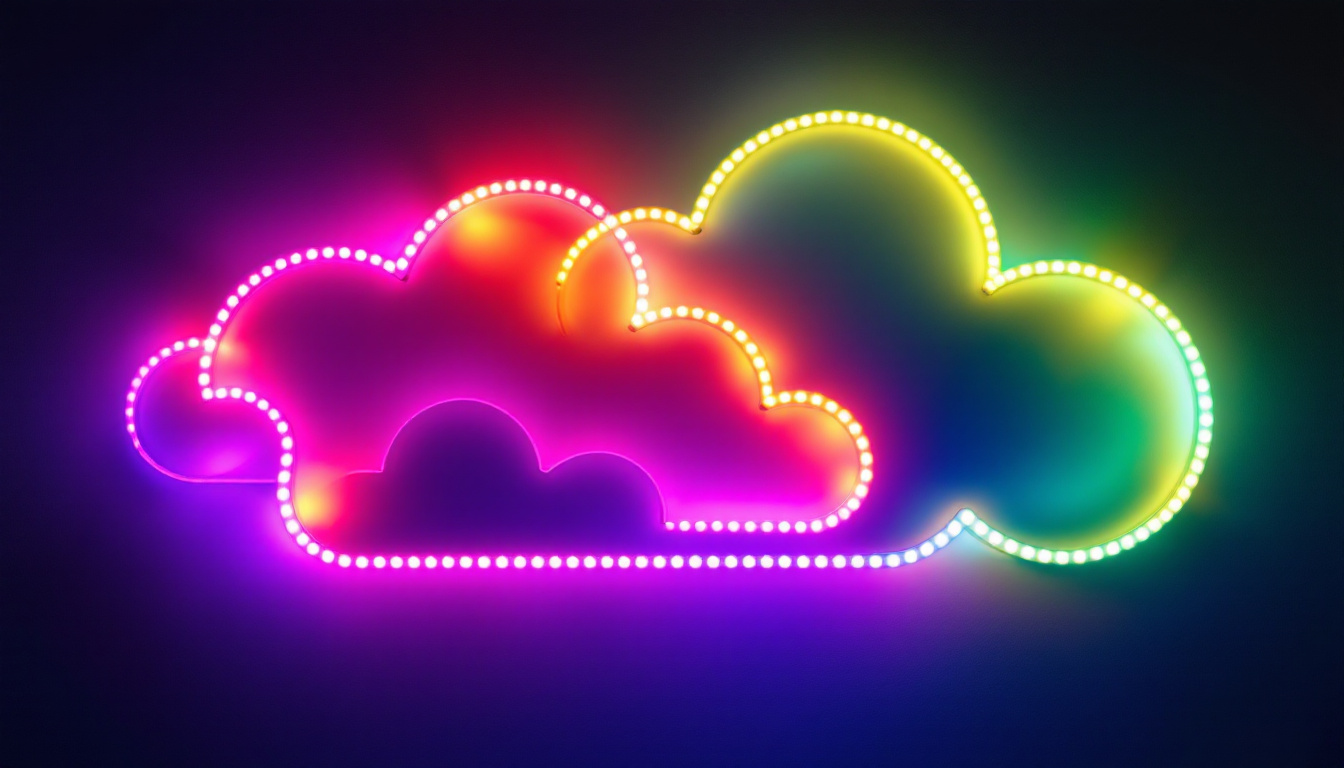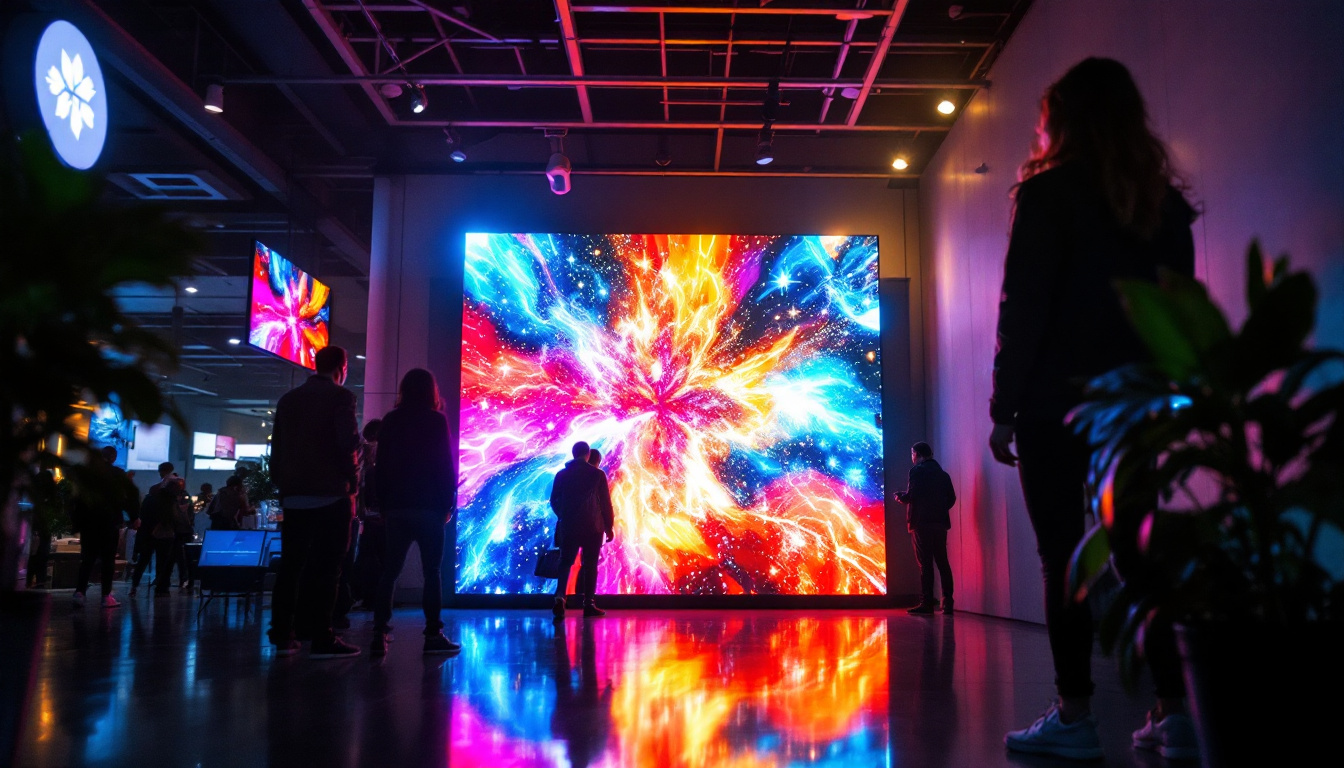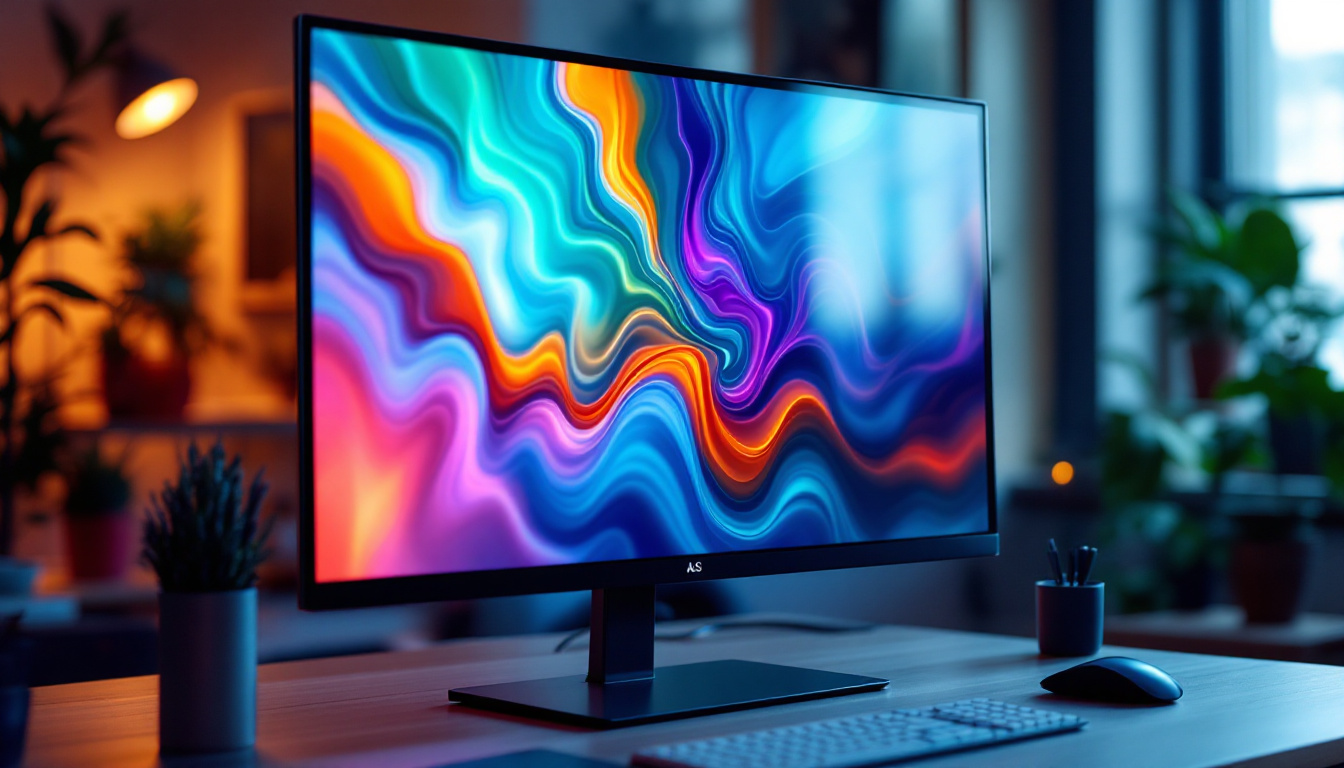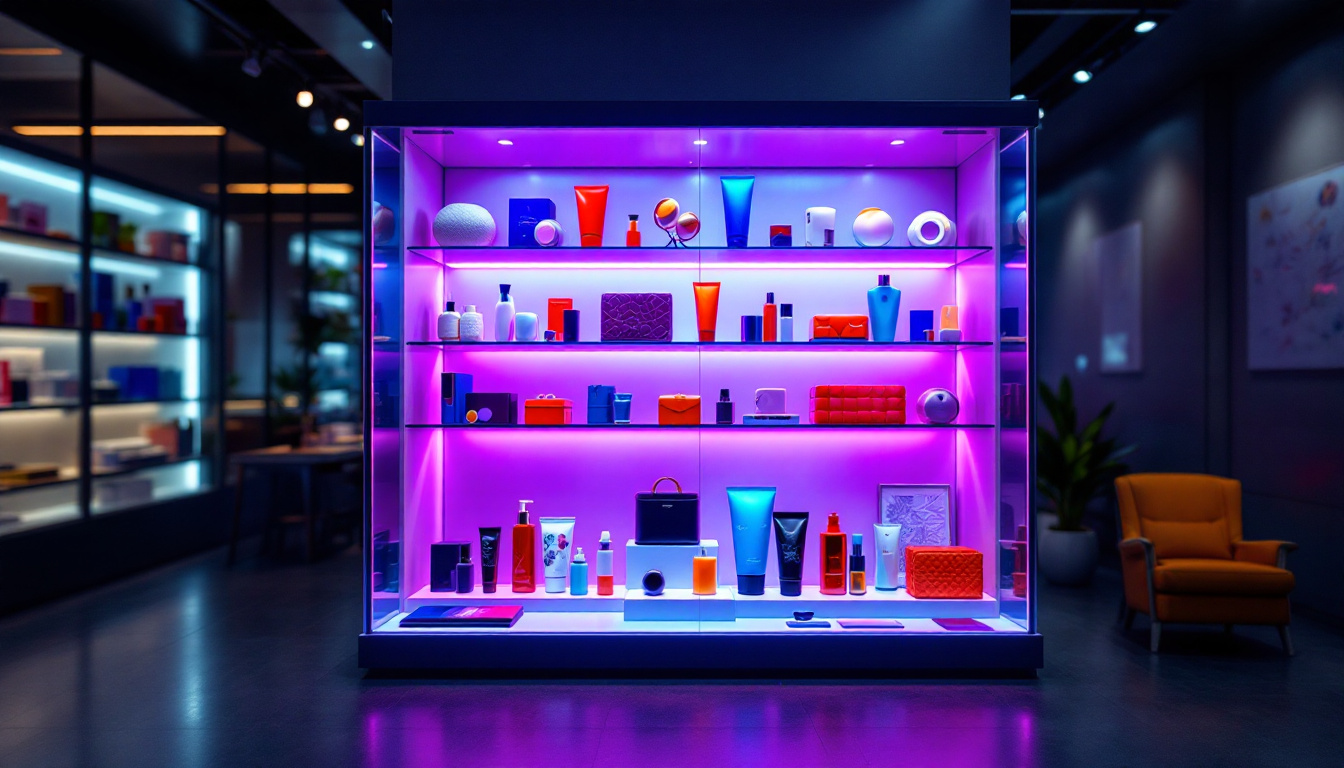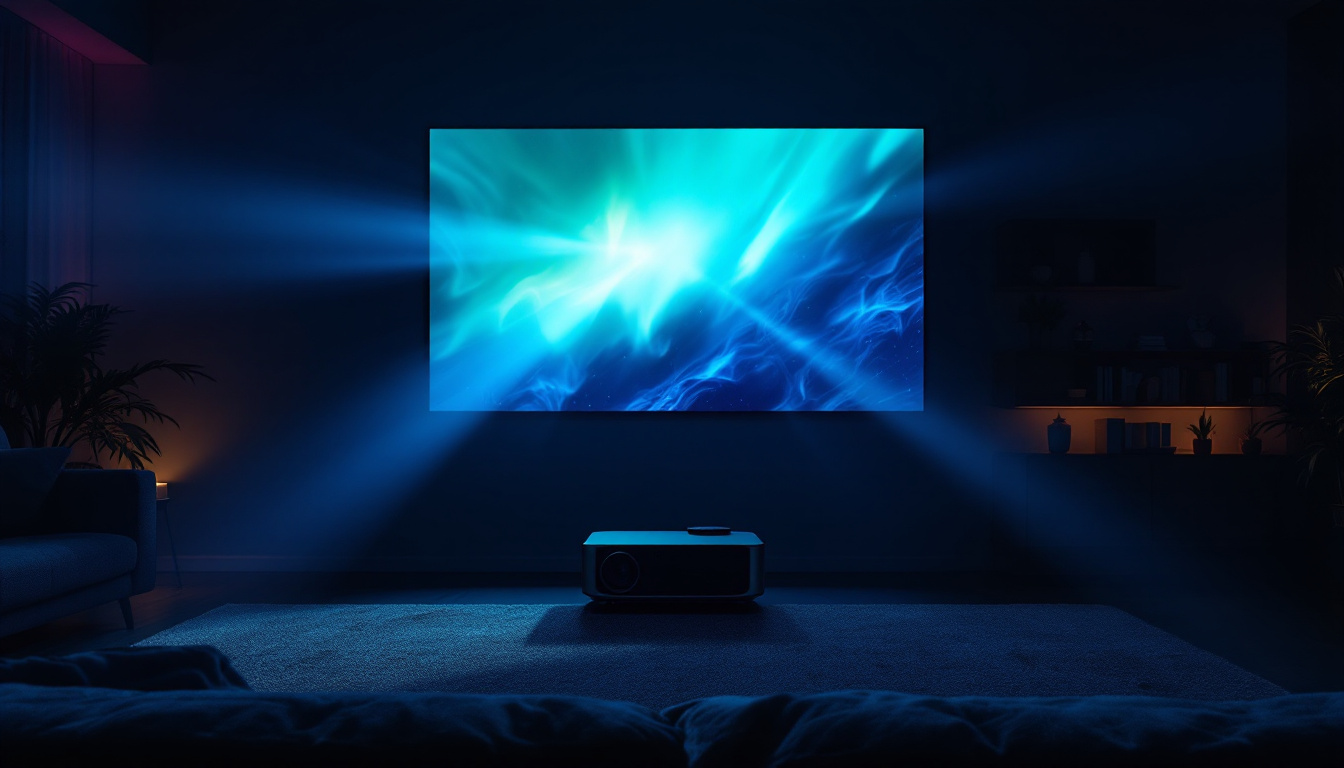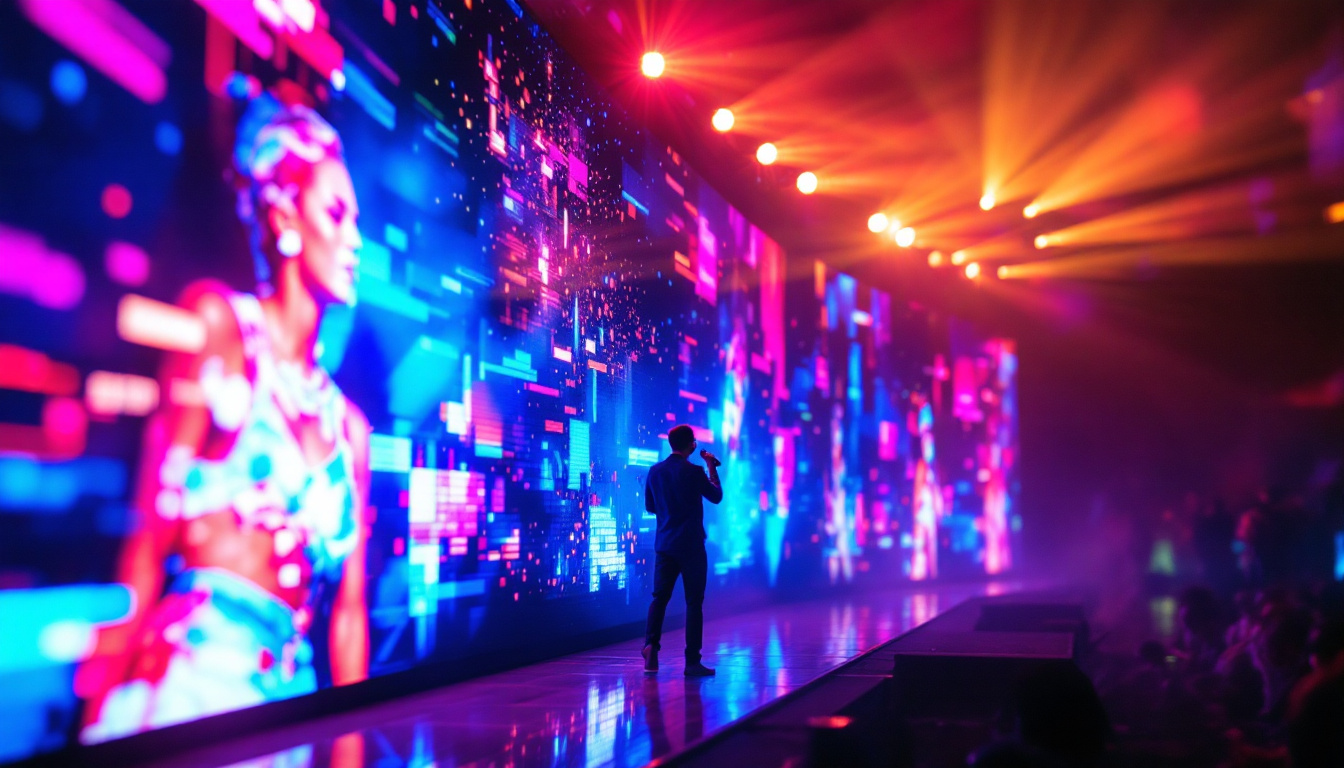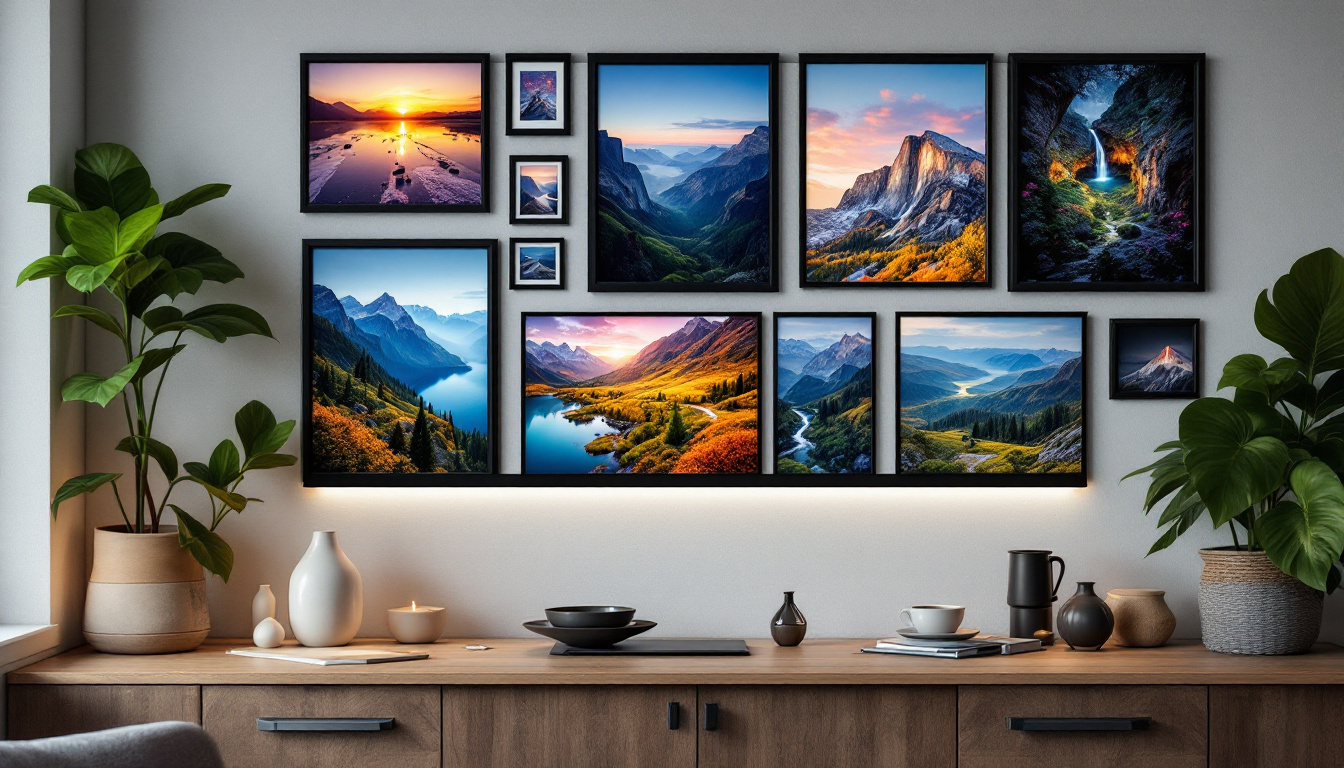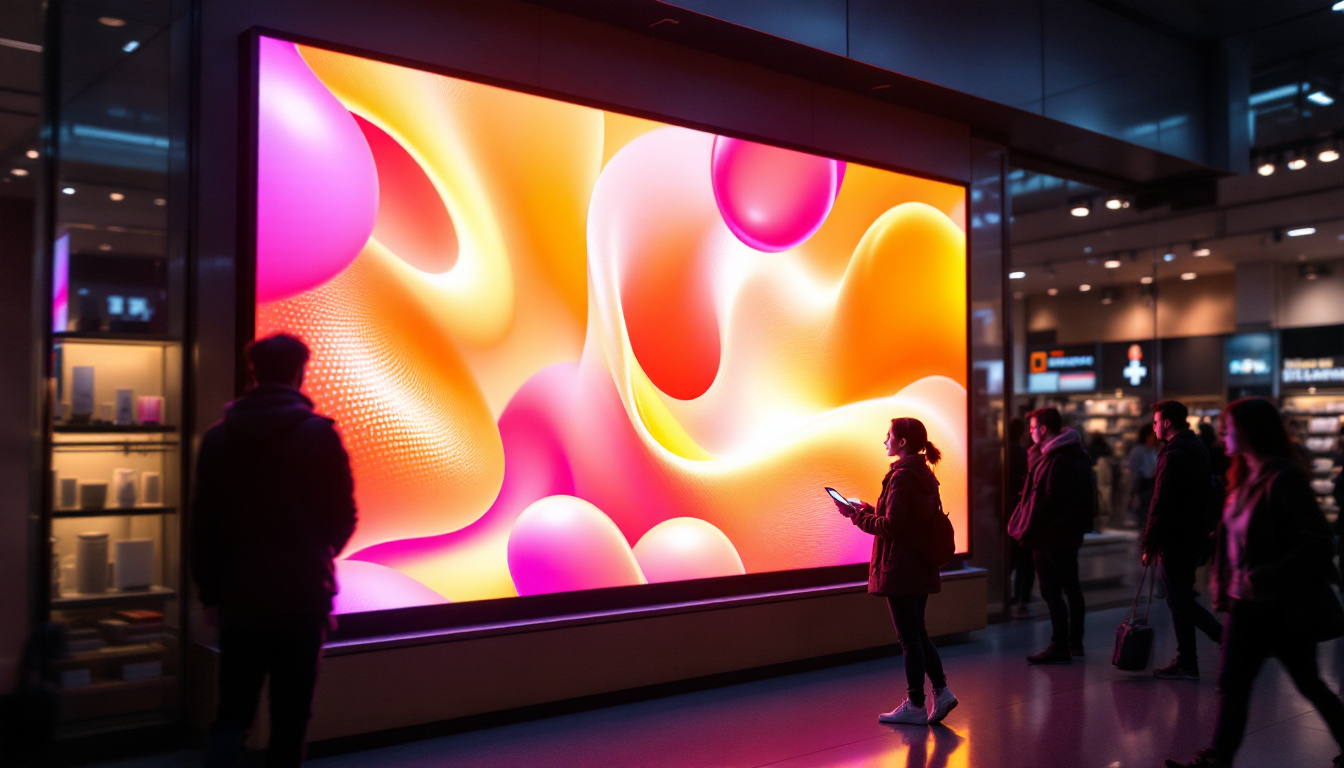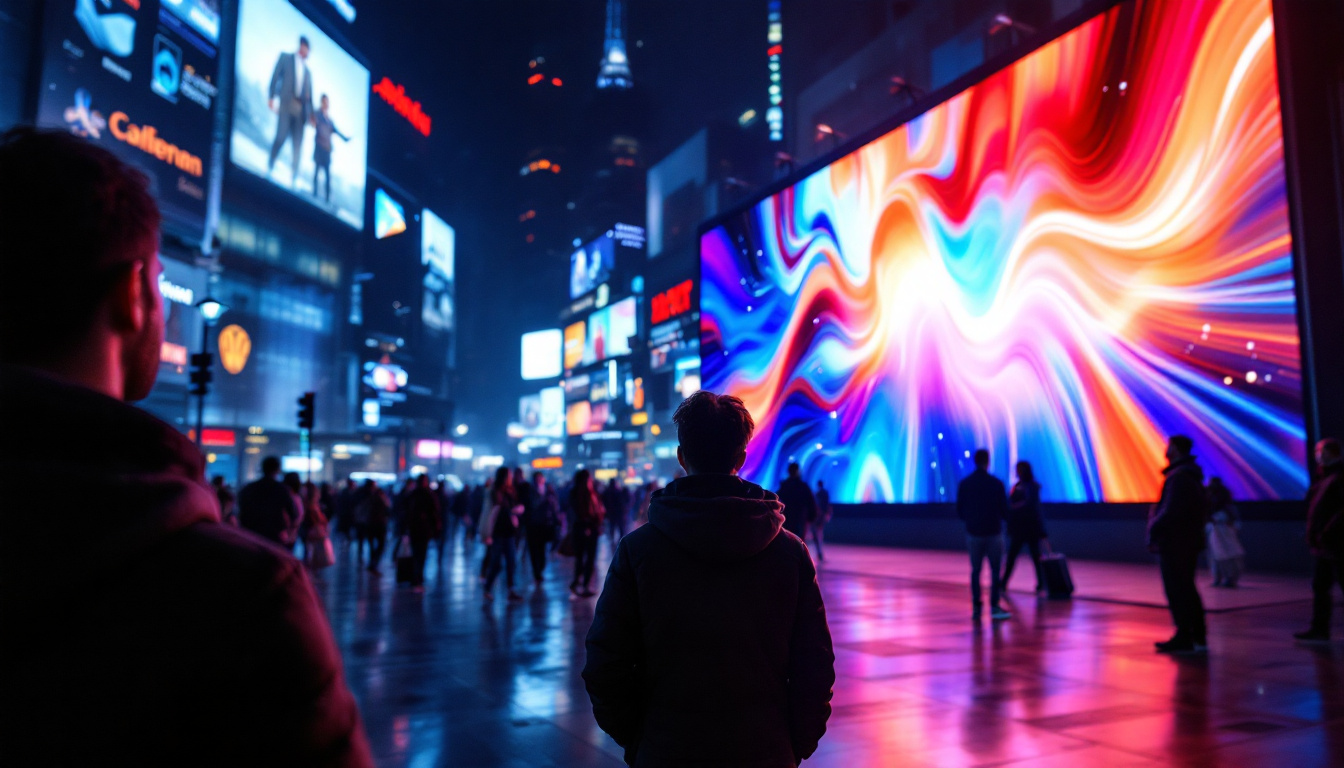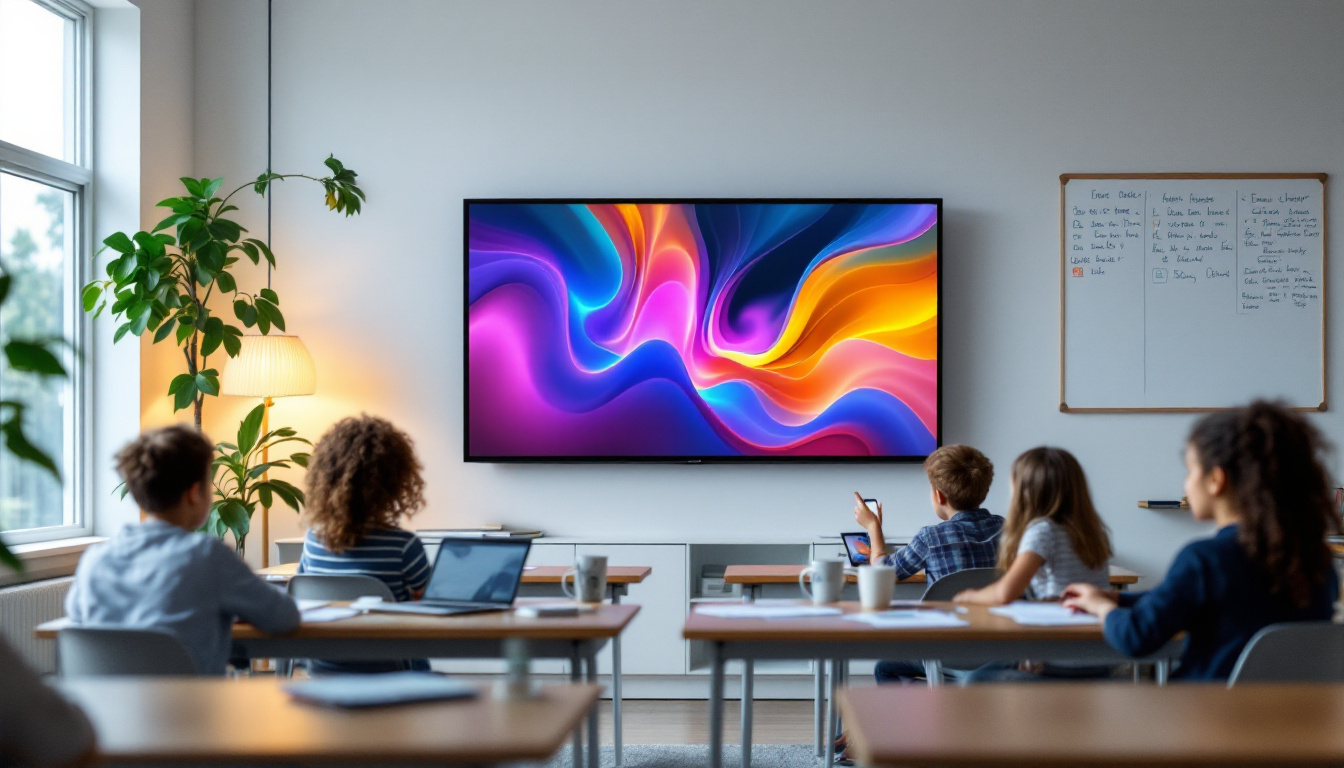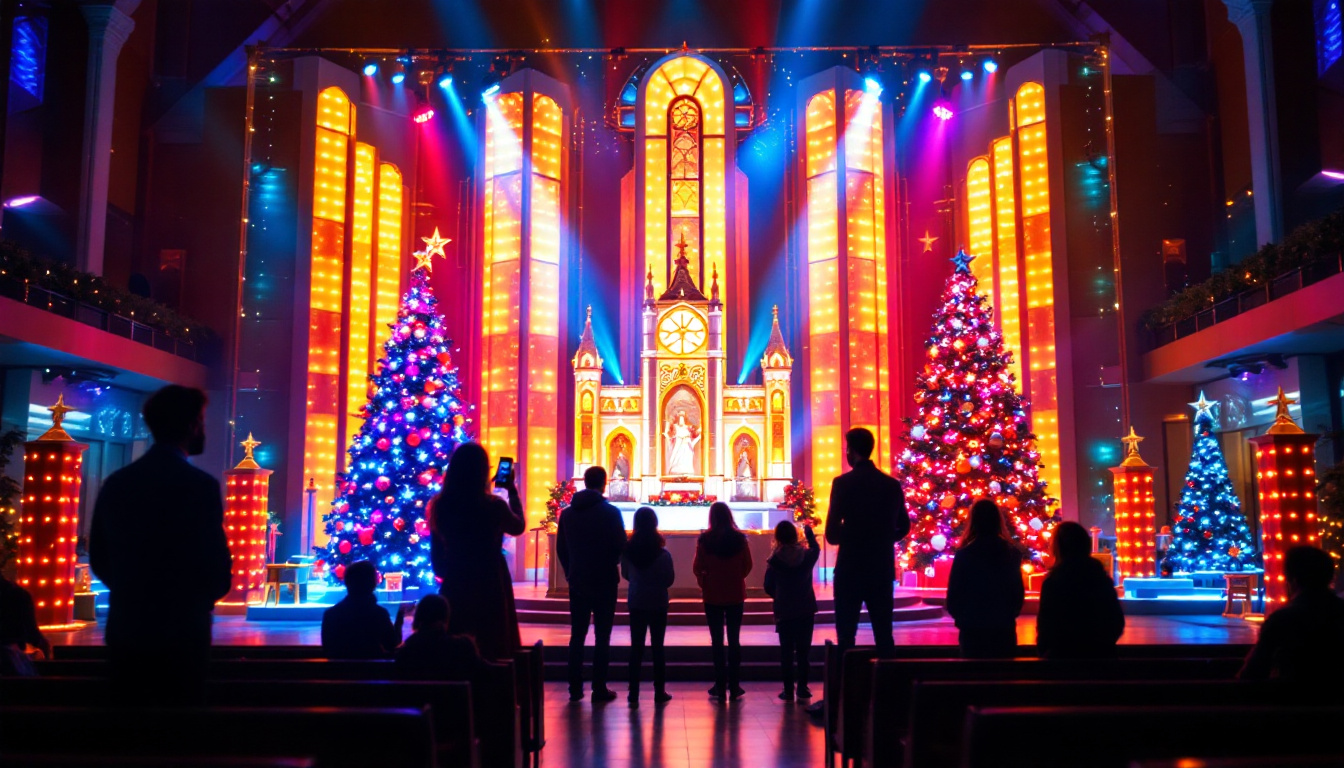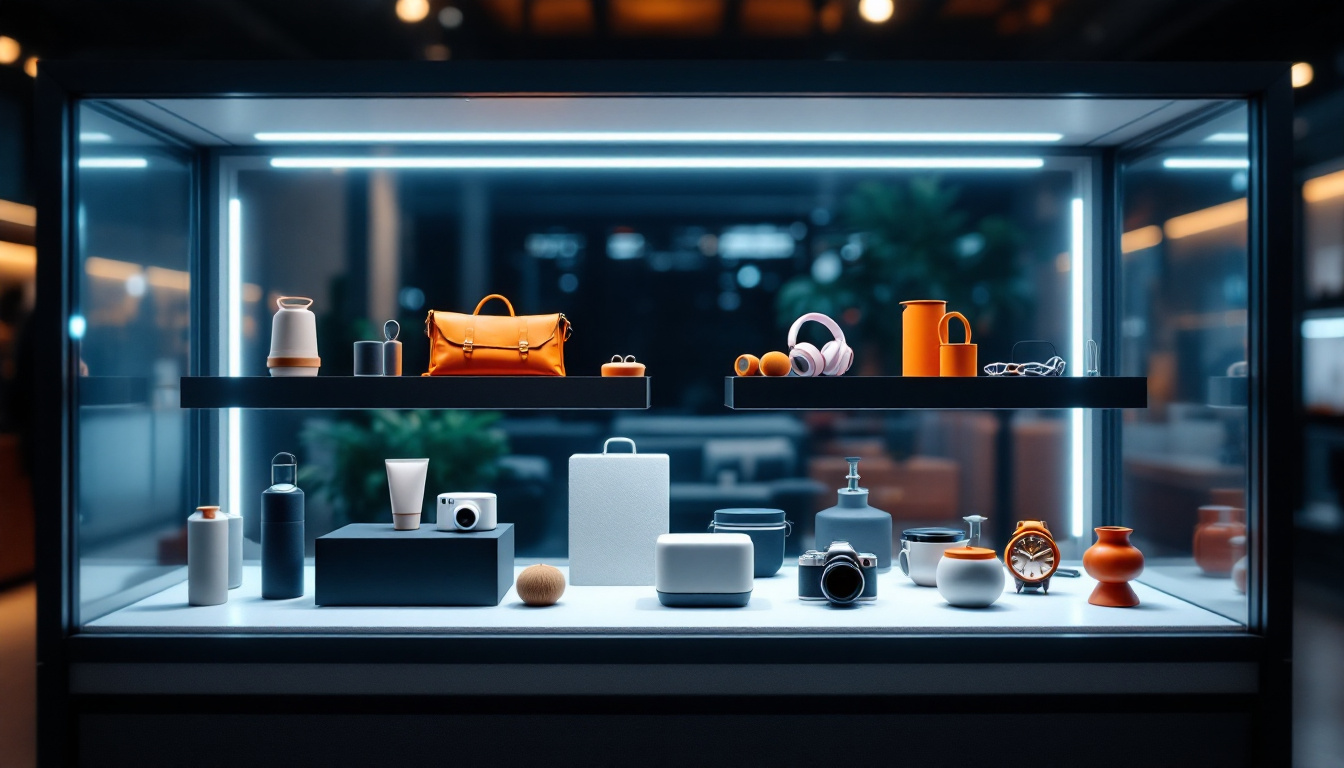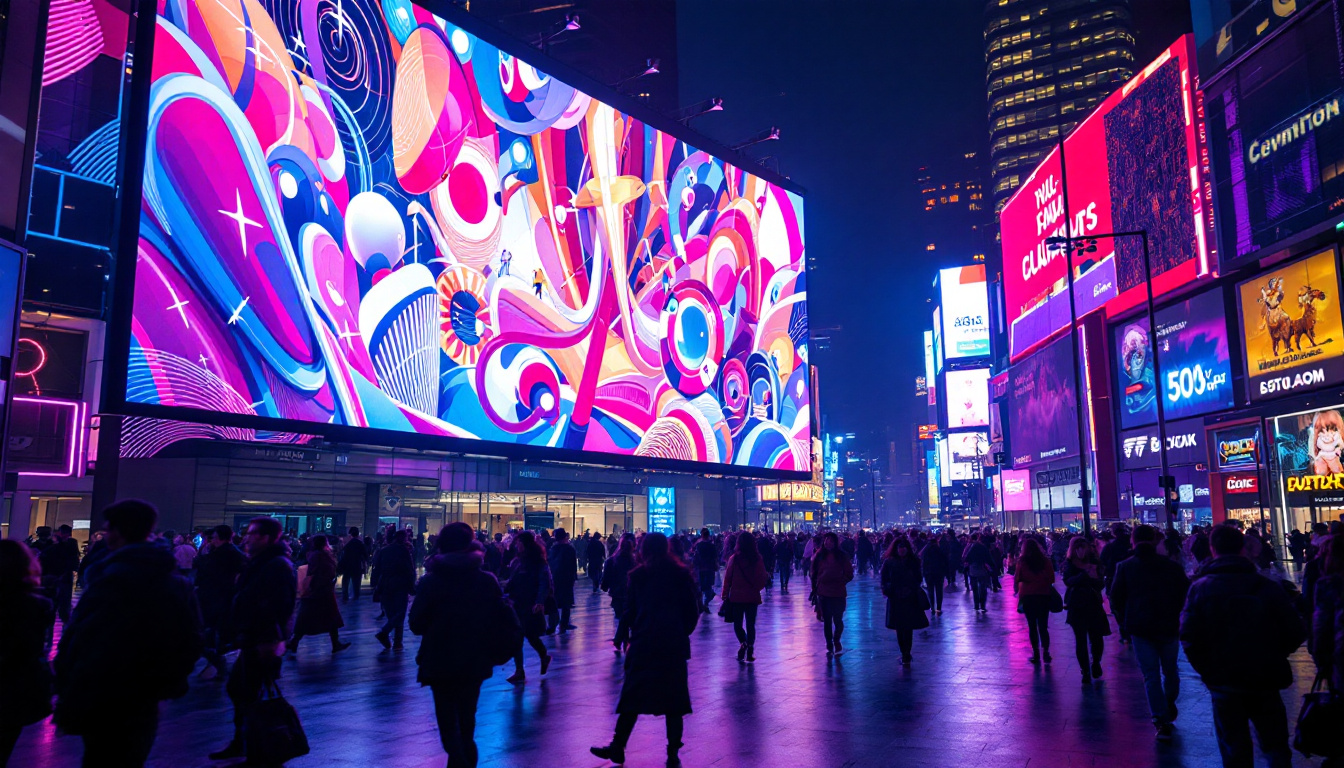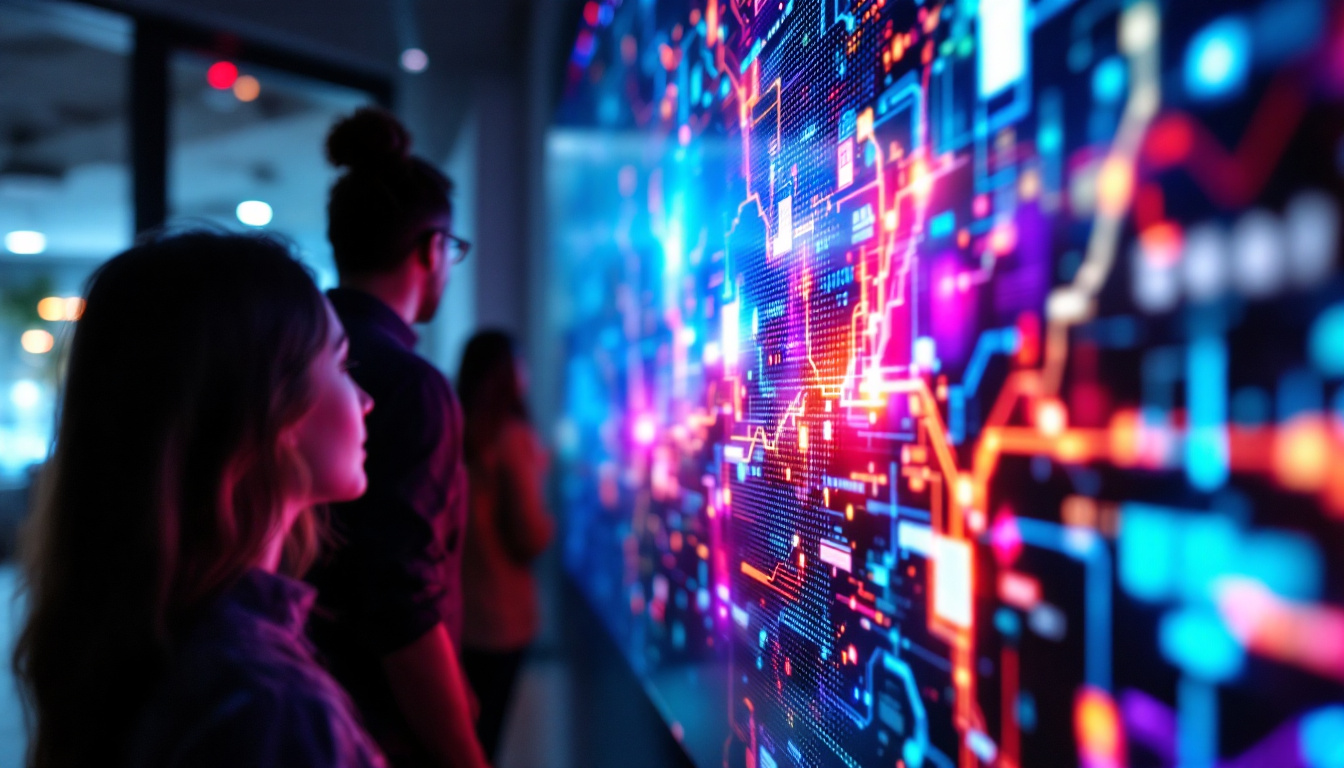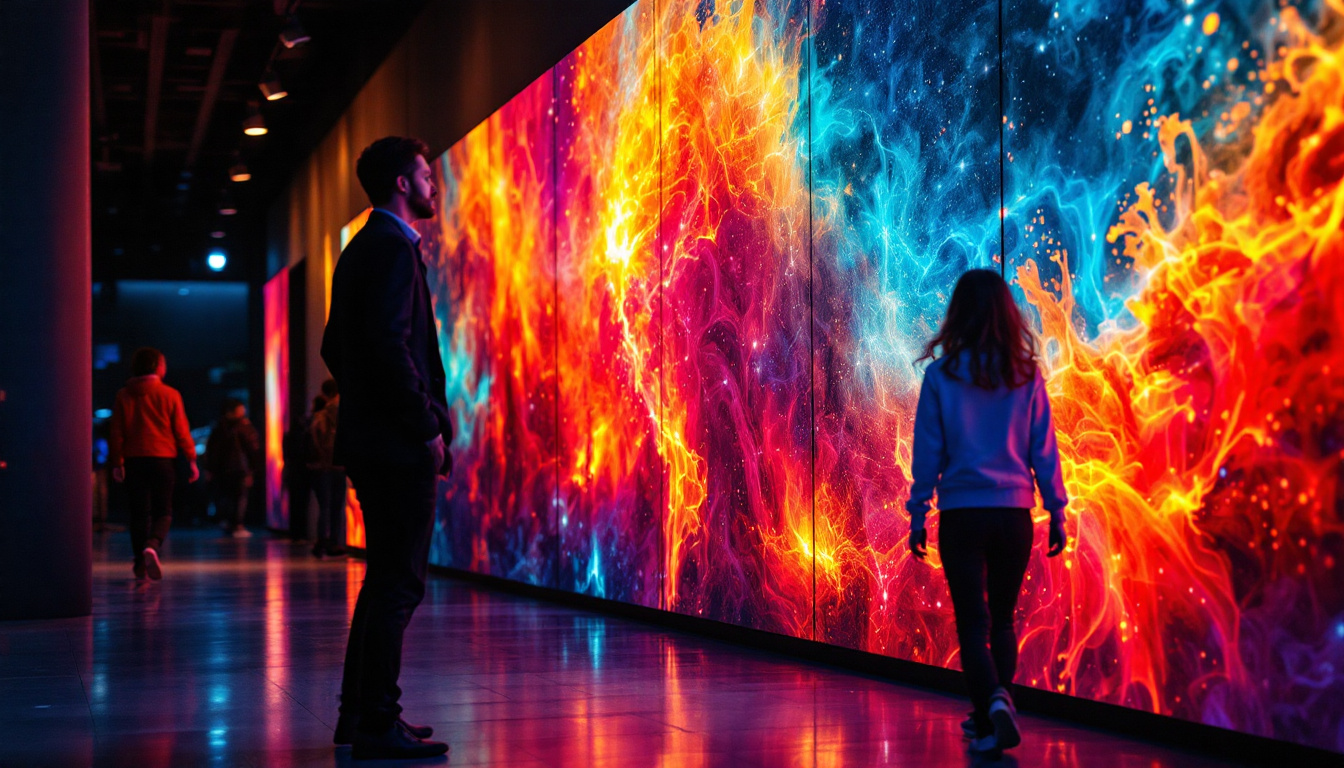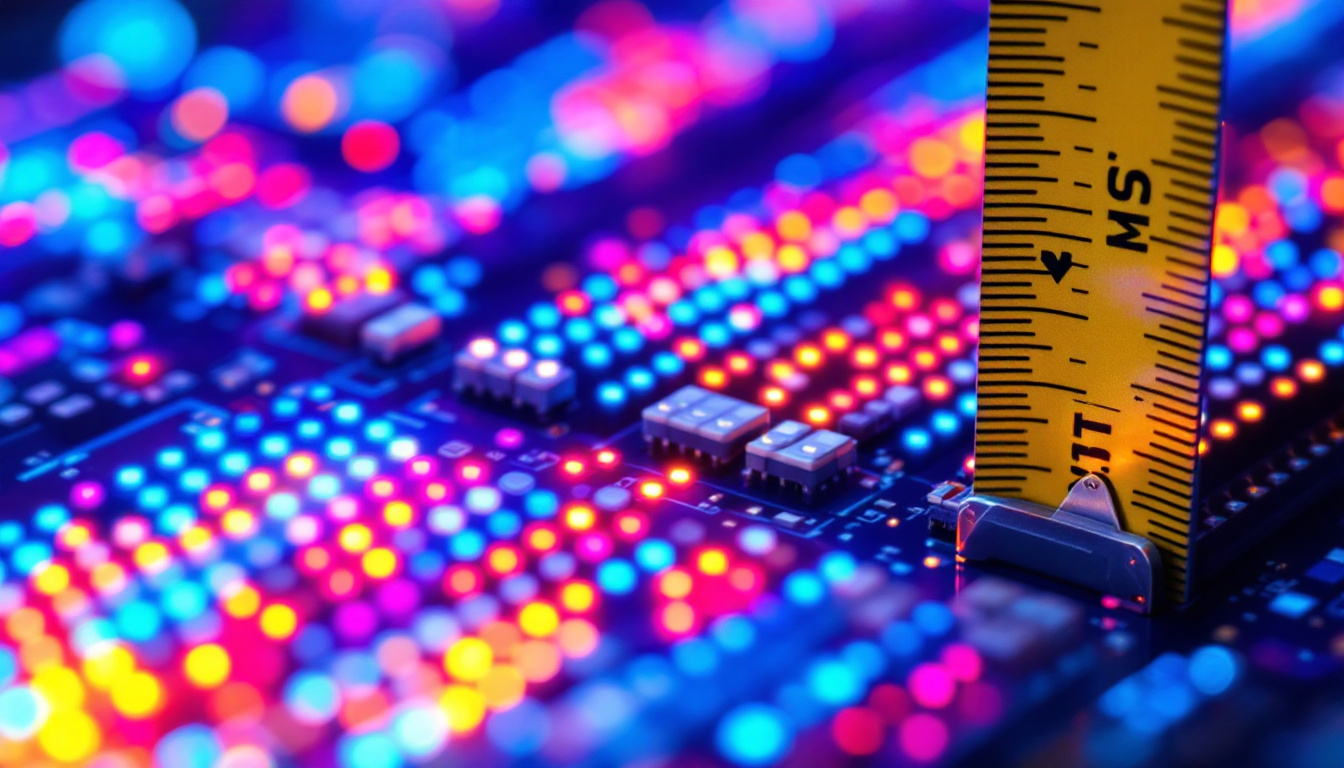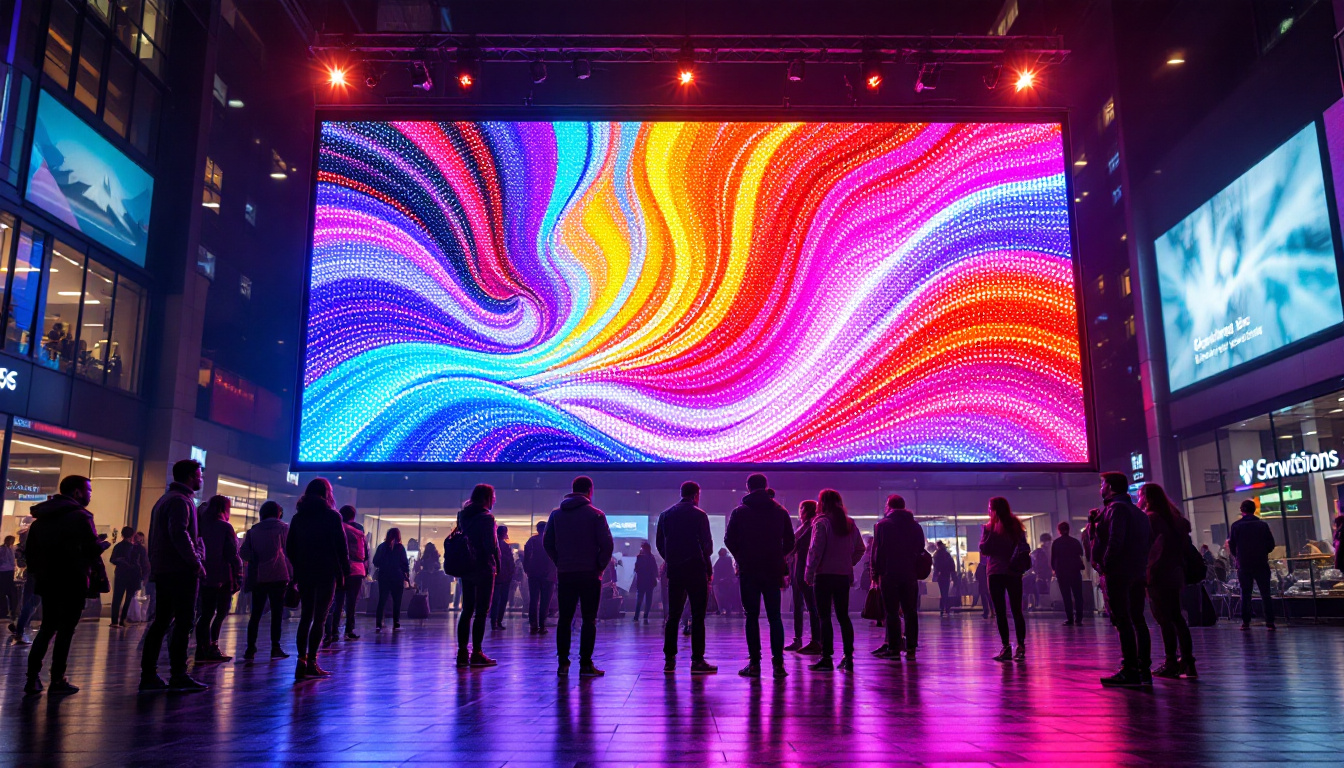In recent years, LED displays have revolutionized the way information is presented, from advertising to public announcements. Their vibrant colors, energy efficiency, and versatility make them a preferred choice for many applications. This article delves into the intricacies of LED displays, exploring their technology, applications, and benefits.
Understanding LED Technology
Light Emitting Diodes (LEDs) are semiconductor devices that emit light when an electric current passes through them. This technology has evolved significantly, leading to the development of LED displays that can be used in various settings, from billboards to indoor screens. The versatility of LEDs has made them a popular choice for both commercial and residential applications, contributing to their rapid adoption in modern lighting solutions.
How LEDs Work
At the core of LED technology is the principle of electroluminescence. When electrons move through a semiconductor material, they release energy in the form of photons, which is visible as light. The color of the light emitted depends on the materials used in the semiconductor. For instance, different combinations of gallium, arsenic, and phosphorous can produce a range of colors, from red to blue. This ability to manipulate color at the molecular level has opened up new avenues for creative expression in art and design, allowing for vibrant displays that can capture attention and convey messages effectively.
LEDs can be arranged in various configurations to create displays. Each pixel in an LED display is made up of multiple LEDs, typically red, green, and blue (RGB), which can be combined in different intensities to create a full spectrum of colors. This RGB configuration allows for high-quality images and videos, making LED displays ideal for dynamic content. Moreover, advancements in technology have led to the development of smart LEDs that can be controlled remotely, enabling users to change colors, brightness, and even patterns with ease, enhancing the interactivity of displays.
Types of LED Displays
There are several types of LED displays, each suited for specific applications. The most common types include:
- Direct View LED Displays: These displays are made up of individual LED modules that are directly visible to the audience. They are often used in outdoor advertising and large venues, where high brightness and visibility are crucial for capturing attention in bright sunlight.
- LED Video Walls: Composed of multiple LED panels, video walls can create large, seamless displays suitable for concerts, events, and control rooms. These walls are often used in broadcasting and live events, where real-time visuals are essential for audience engagement.
- OLED Displays: While technically a different technology, OLEDs (Organic LEDs) are often discussed alongside traditional LEDs. They offer superior contrast and color accuracy but are generally more expensive. OLEDs are particularly favored in high-end televisions and smartphones due to their ability to produce deep blacks and vibrant colors, enhancing the viewing experience.
In addition to these common types, there are also specialized LED displays designed for niche applications. For example, transparent LED displays are gaining popularity in retail environments, allowing products to be showcased behind the screen while still delivering dynamic advertising content. Furthermore, flexible LED displays are emerging, enabling curved or irregular shapes that can fit into unique architectural designs, thus expanding the creative possibilities for designers and advertisers alike.
Applications of LED Displays
LED displays are incredibly versatile and can be found in a wide range of settings. Their applications span various industries, making them a valuable asset in modern communication and advertising.
Advertising and Marketing
One of the most prominent uses of LED displays is in advertising. Billboards and digital signage use LED technology to capture the attention of passersby with bright, animated content. The ability to change messages quickly and display dynamic content makes LED displays a powerful tool for marketers.
Retail environments also benefit from LED displays. Stores use them to promote sales, showcase products, and enhance the shopping experience. The vibrant colors and high visibility of LED screens draw customers in and can significantly increase foot traffic.
Events and Entertainment
In the entertainment industry, LED displays are ubiquitous. Concerts, festivals, and sporting events often feature large LED screens that provide visuals to enhance the audience’s experience. These displays can show live feeds, graphics, and advertisements, creating an immersive atmosphere.
Moreover, LED technology is increasingly used in theaters and cinemas for backdrops and special effects. The flexibility of LED panels allows for creative staging and dynamic scenery that can change throughout a performance.
Information and Communication
LED displays are also essential for information dissemination. Airports, train stations, and bus terminals use LED screens to provide real-time updates on schedules and arrivals. Their visibility and clarity ensure that travelers receive crucial information promptly.
In corporate settings, LED displays are used for presentations, meetings, and internal communications. They can display data, graphs, and videos, making information more engaging and easier to understand.
Benefits of LED Displays
The advantages of LED displays are numerous, contributing to their widespread adoption across various sectors. Understanding these benefits can help organizations make informed decisions about their display needs.
Energy Efficiency
One of the standout features of LED technology is its energy efficiency. Compared to traditional incandescent or fluorescent lighting, LEDs consume significantly less power. This efficiency not only reduces energy costs but also minimizes the environmental impact, making LEDs a more sustainable choice.
Furthermore, LED displays generate less heat, which can lead to lower cooling costs in environments where displays are used extensively. This combination of energy savings and reduced heat output makes LED displays an attractive option for businesses looking to optimize their operational costs.
Longevity and Durability
LED displays are known for their longevity. With a lifespan that can exceed 100,000 hours, they outlast many traditional display technologies. This durability translates to lower maintenance costs and fewer replacements over time, allowing organizations to invest more in content rather than hardware.
Additionally, LED displays are robust and can withstand various environmental conditions. Many outdoor LED displays are designed to be weather-resistant, ensuring they function effectively in rain, snow, or extreme temperatures.
High-Quality Visuals
The visual quality of LED displays is another significant advantage. With high brightness levels and excellent color accuracy, they provide stunning visuals that can be seen in a variety of lighting conditions. This capability is particularly important for outdoor applications where sunlight can wash out other display technologies.
Moreover, the ability to display high-definition content and fast-moving images makes LED displays ideal for video applications. This quality ensures that audiences receive a clear and engaging viewing experience, whether in a stadium or a retail environment.
Challenges and Considerations
While LED displays offer numerous benefits, there are also challenges and considerations that organizations must address when implementing this technology. Understanding these factors can help in making informed decisions.
Initial Costs
Despite their long-term cost savings, the initial investment for LED displays can be significant. The price of high-quality LED panels and installation can be a barrier for some organizations, particularly smaller businesses. However, it is essential to consider the return on investment over time, as the energy savings and durability can offset the initial expenditure.
Content Management
Another challenge lies in content management. To maximize the effectiveness of LED displays, organizations must invest in software and resources to create and manage engaging content. This process can require training and ongoing effort to ensure that the content remains fresh and relevant.
Additionally, the rapid pace of technological advancements means that organizations must stay updated on best practices and new features to fully leverage their LED displays. This requirement can add to the operational burden, particularly for smaller teams.
Viewing Distance and Placement
When planning the installation of LED displays, organizations must consider viewing distances and placement. The pixel pitch, or the distance between pixels, affects the clarity of the image at various distances. For example, a display with a smaller pixel pitch is necessary for close viewing, while larger pixel pitches can be suitable for farther distances.
Proper placement is also crucial to ensure maximum visibility and impact. Factors such as ambient light, audience flow, and surrounding structures must be taken into account to optimize the display’s effectiveness.
Future Trends in LED Display Technology
The LED display industry is continually evolving, with new technologies and trends emerging that promise to enhance the capabilities and applications of these displays. Staying informed about these trends can help organizations remain competitive and innovative.
Advancements in Resolution
As consumer demand for high-quality visuals increases, advancements in resolution are becoming a focal point in LED display technology. The introduction of 4K and even 8K resolution displays is pushing the boundaries of what is possible, providing unprecedented clarity and detail.
This trend is particularly relevant for industries such as entertainment, where high-resolution displays can significantly enhance the viewer experience. As technology progresses, it is expected that even higher resolutions will become standard, further blurring the lines between reality and digital content.
Integration with Smart Technologies
Another significant trend is the integration of LED displays with smart technologies. The rise of the Internet of Things (IoT) is leading to more interconnected systems, allowing LED displays to communicate with other devices and platforms. This integration can enhance content management, enabling real-time updates and dynamic content based on audience behavior.
For instance, smart LED displays can adjust their brightness based on ambient light levels or display targeted advertisements based on demographic data gathered from sensors. This capability allows for a more personalized and engaging experience for viewers.
Sustainability Initiatives
As sustainability becomes a priority for many organizations, the LED display industry is also focusing on eco-friendly practices. Manufacturers are exploring ways to reduce the environmental impact of production and disposal, such as using recyclable materials and developing energy-efficient technologies.
Moreover, the push for sustainability is leading to innovations in energy management systems that optimize power consumption and reduce waste. These initiatives not only benefit the environment but also appeal to consumers who prioritize sustainability in their purchasing decisions.
Conclusion
LED displays have transformed the landscape of visual communication, offering vibrant, energy-efficient, and versatile solutions for a wide range of applications. Understanding the technology behind LED displays, their benefits, and the challenges associated with them is crucial for organizations looking to leverage this powerful tool.
As the industry continues to evolve, staying informed about emerging trends and advancements will be essential for maximizing the potential of LED displays. By embracing this technology, businesses can enhance their communication strategies, engage audiences more effectively, and ultimately drive success in an increasingly digital world.
Discover LumenMatrix LED Display Solutions
Ready to elevate your visual communication strategy with the latest in LED display technology? Look no further than LumenMatrix, where innovation meets excellence. Our extensive range of LED display modules, from Indoor and Outdoor LED Walls to specialized solutions like Vehicle Displays, LED Posters, and even Custom LED Displays, is designed to captivate and engage your audience. Whether you’re looking to enhance brand visibility, create immersive experiences, or simply share your message with dynamic clarity, LumenMatrix has the solution. Check out LumenMatrix LED Display Solutions today and see how we can transform your visual presence.


